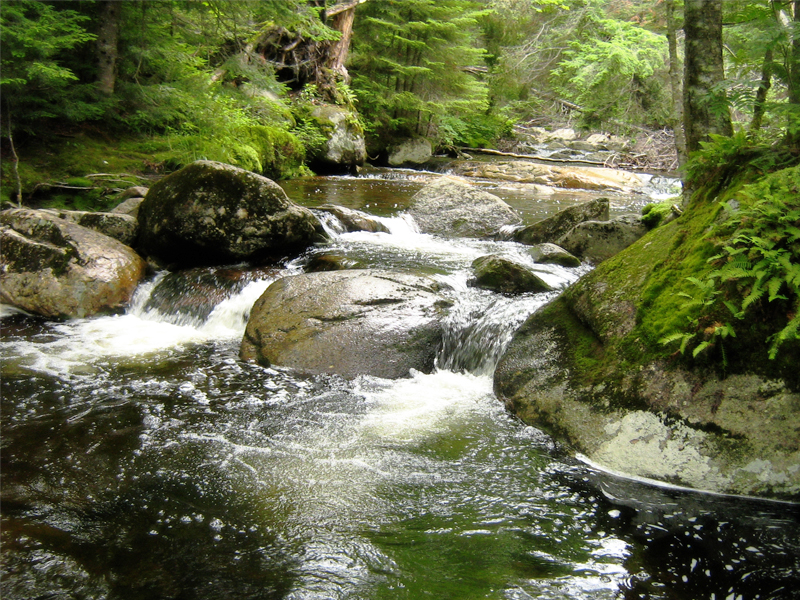Hydrology
Hydrology is the study of water. In terms of environmental measurements, hydrology refers to the physical movement of a body of water, including changes in water level, flow, and other dynamic processes. Most hydrology applications involve surface water systems, such as rivers, open-channels and estuaries. However, groundwater and hydrogeological projects can be included in this section, particularly with aquifer applications.
Hydrology, particularly water flow, can affect the local environment due to changes in water quality and quantity. These changes can be man-made (e.g. a dam release) or weather-related (flooding), or due to a combination of both factors (rainfall runoff caused by poor agricultural practices). Regardless of the cause, hydrologic data assists in explaining water quality and environmental changes.
The following chapters discuss several aspects of hydrology and explain what can cause them to fluctuate, and the effects that such fluctuations will have on the local ecosystem. While these chapters are interrelated and are often tied to changes in water quality, they each have distinguishing characteristics that are worth analyzing. Each section will further detail why measuring and monitoring that particular water feature is necessary to understanding the water system as a whole.
Hydrology Chapters
- Discharge: Water Flow, Level and Velocity
- Groundwater, Infiltration and Retention
- Sediment Transport and Deposition
- Runoff
- Waves, Tides and Currents
Measurement methods and technology can be found in the Measurements section.






